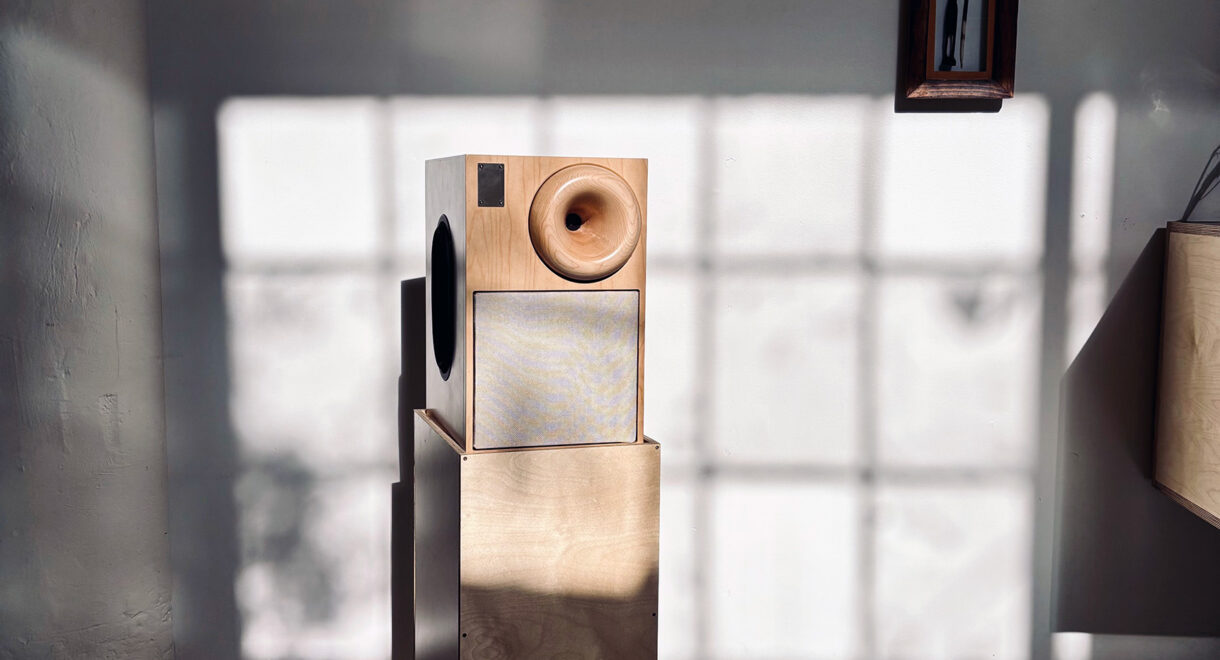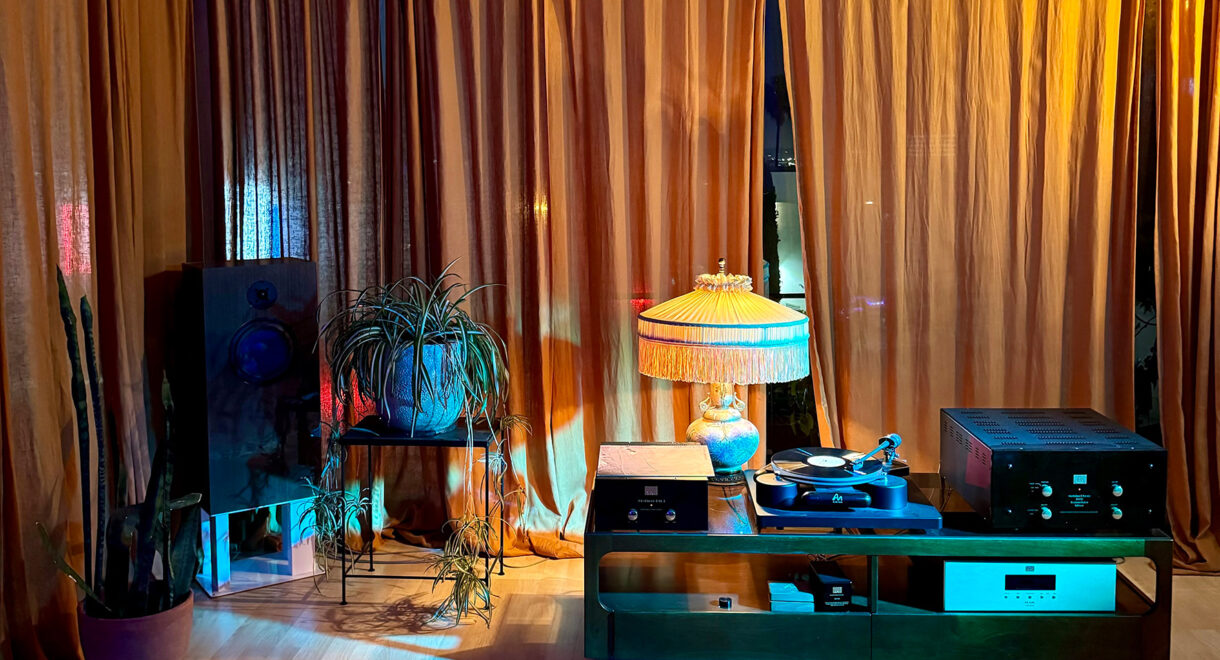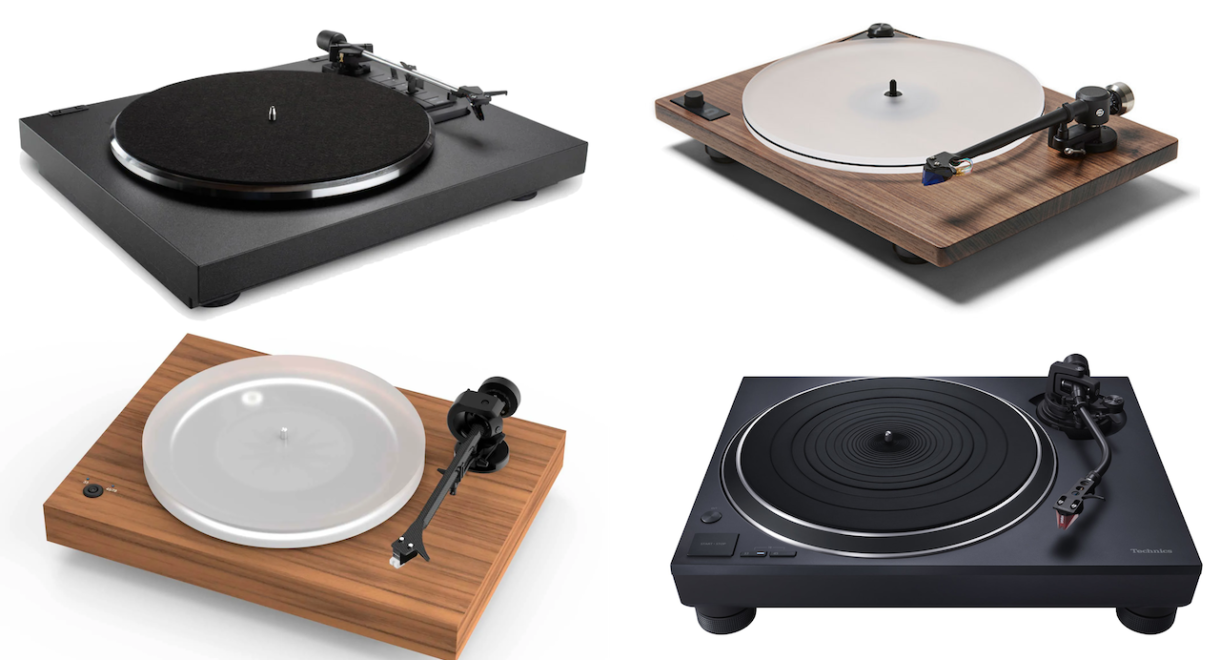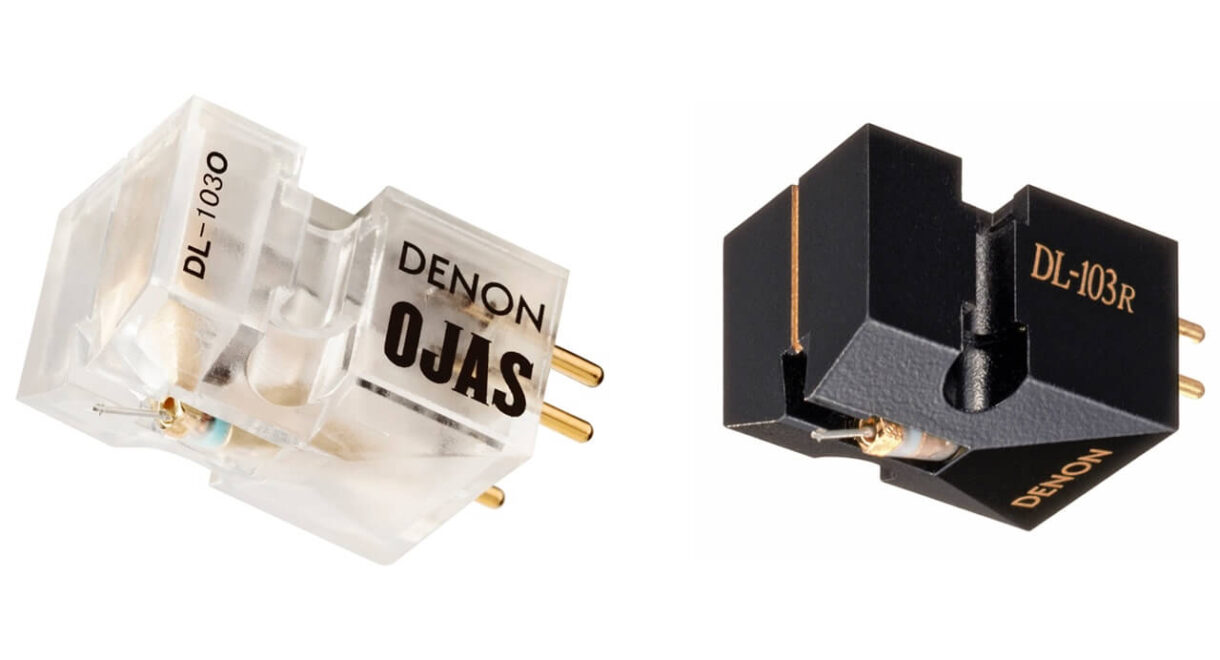Transparent clarity, deep bass, and “Invisible Sound” from German audio company ADS. Background: One of the lesser known hi-fi brands of the ’70s, ADS (Analog and Digital Systems) […]
Now is a very good time to buy a vintage CD player. Where to start?

Affordable vintage CD players from Marantz, Harman Kardon, Sony, Nakamichi, Rega, and more!
For decades, the main format-facing argument between analog freaks and their CD-loving counterparts revolved around the sound quality, analog warmth, and soulful essence of vinyl vs. the clean, crisp clarity of digital discs.
Long a polarizing either/or beef, it seems pretty obvious at this point that listening tastes and personal preferences can be just as important as quantitative, provable data. As such, over the past few years the bickering among physical format enthusiasts has begun to recede. Vinyl rules. Cassettes rule. And, honestly, if the obviously imperfect cassette format can rule, then why can’t CDs rule alongside them both?
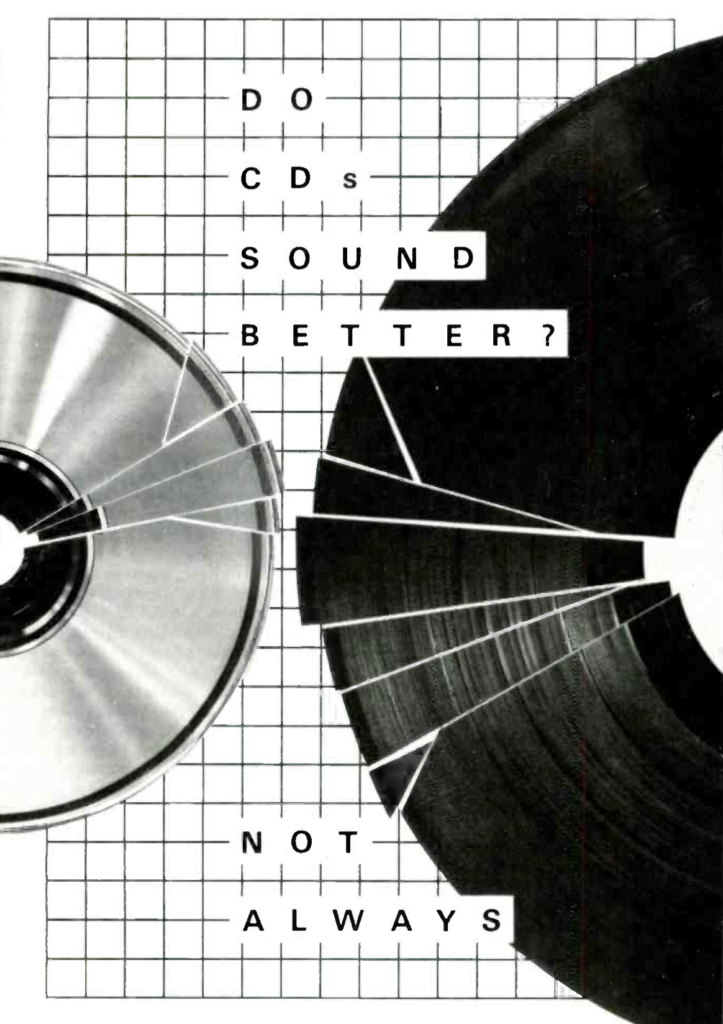
Those looking for 1990s rarities, after all, don’t have much of a choice when it comes to format: it’s either disc or nothing, as many labels stopped making vinyl during the decade and a lot of great music has yet to land on streaming services.
If it seems as though we’re qualifying our devotion to vinyl, you need to find more space in your heart. Propelling magical sound waves into the air is the goal. The warmth resides within.
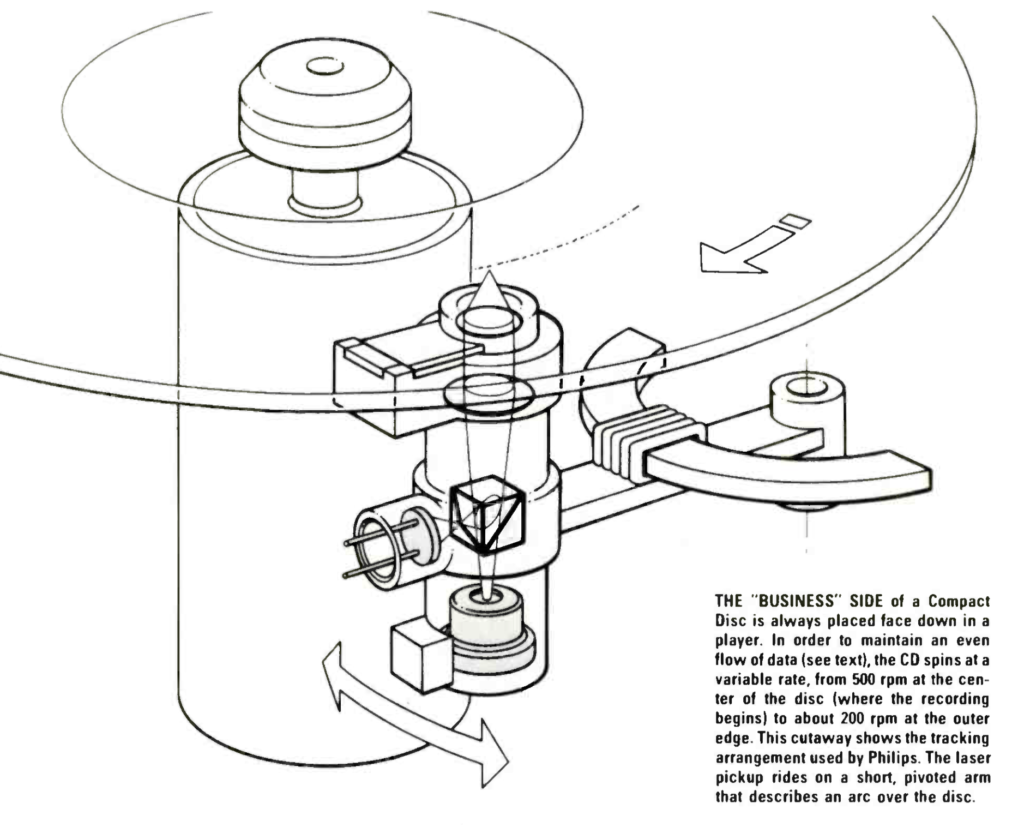
All of this is a roundabout way of getting to this point: CD players are an incredibly useful component to add to your arsenal, and since 95% of those who owned a CD player during the format’s heyday got rid of theirs, the market is dense with quality players — at least for now. It’s a similar environment as the pre-vinyl-revival era of the 1990s. The same goes for CDs themselves: used copies remain cheap but prices are started to rise. They will continue to do so.
Below, some favorites.
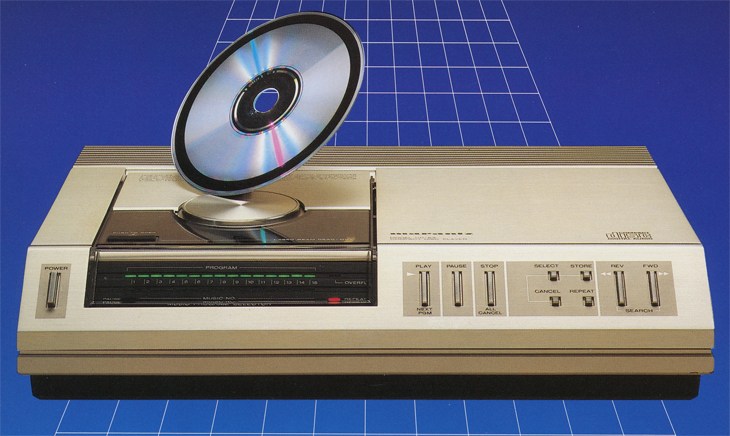
Marantz CD63
What Marantz says about the iconic player, originally manufactured in 1982:
Released in the fall of 1982, the original Marantz Model CD-63 was one of the first mass-adopted CD players in the marketplace — and its details and craftmanship are cherished and reverberate throughout audio equipment to this day. According to historian and aficionado @MarantzHistory, “the CD-63 screams the 1980s.”
With its top-loading design and signature champagne color, the CD-63 immediately stood out for its refined appearance and unmatched performance. Features of the CD-63 are engraved on the player, including a paragraph on the advantages of digital sound. Its display includes 15 LED lights, one per track on most CDs. If the CD had more tracks, skipping was impossible.

Harman Kardon HD 7600
One audio expert of the day had this to say about the Harman/Kardon HD760, which he called “a very good sounding player, 3D soundstage with 24 bits HDCD and 4×20 bits converters for a clear sound with voices and every kind of music.” Describing it as “very jitter free and quick responding as you skip tracks,” he calls it “the best sounding player [for the price] I’ve ever heard.” The H/K has a standby function, both coax and optical outputs, and gold-plated cinch outputs. The display has a dimmer for nighttime listening.
Found on used gear sites for between $200-$300.
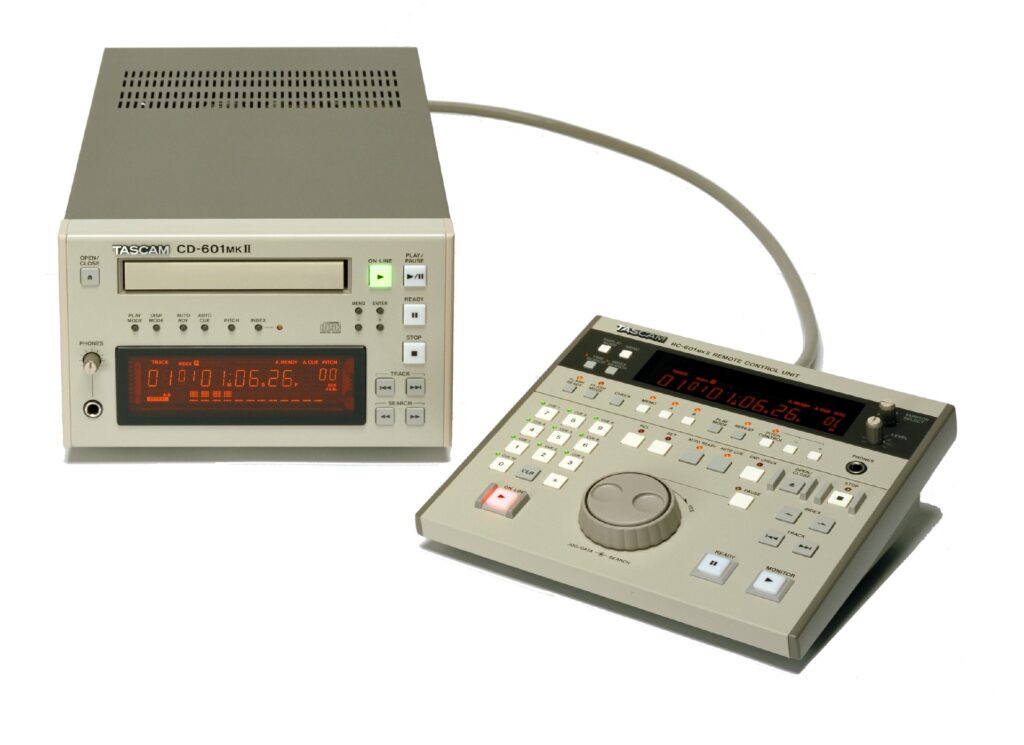
Tascam CD-601 MKII
From the Tascam site:
The TASCAM CD-601mkII is a fully-redesigned version of the radio-standard CD player. With its comprehensive remote control and flexible monitoring and playback options, the CD-601mkII goes far beyond the capabilities of traditional CD players for broadcast. The radio presenter can select between online play (on the air) and monitor play (pre-listen), controlling whether CD playback reaches the on-air mixer or the monitoring device.
The optional RC-601mkII remote control (above right) allows frame-accurate search using the jog wheel, direct location using numerical keys, index searches or flash starts. In addition, the CD-601mkII can save up to 10 cue points per CD, controlled directly using the Flash Start function. Many other features like pitch control, auto cue with five threshold levels, Auto Read and CD Text are all designed to reduce stress before the program goes on the air.
These players aren’t too hard to find for under $200, though they don’t come up as often as the brilliant Tascam CD-200, whose secret weapon is a pitch control.
Sony CMT-EX1
The TikTok-famous player has found fans due to its top-loading design and transparent window, which allows you to see the disc load and spin. Currently available for under $400 on eBay, it’s not that hard to find one in good condition. It’s got RCA outputs so you can add it to your system. Also covetable: A nice Sony CMT-ED1
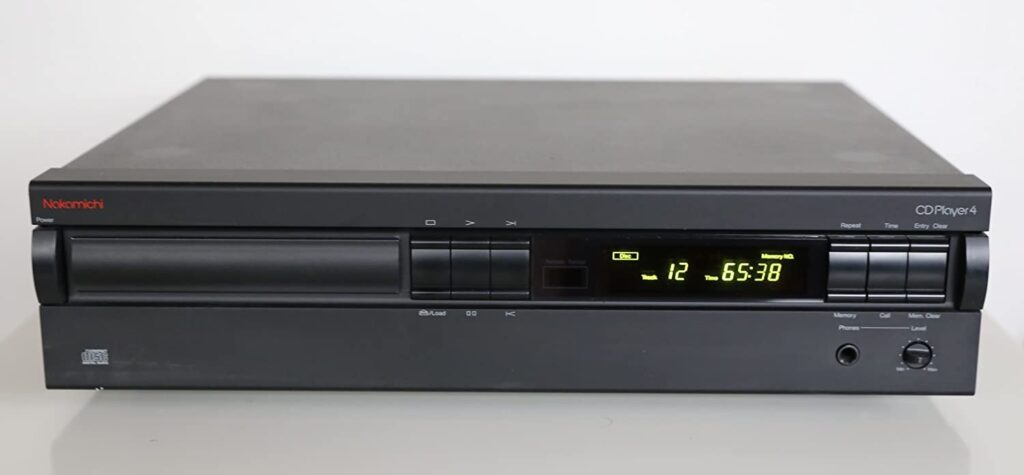
Nakamichi CD4
Known for their durable top-of-the-line cassette decks, Nakamichi invested just as much time and energy into their compact disc players during the peak CD era.
One audiophile describes it as having a digital-audio-converter that’s “one of the best in the world: the TDA1541A S1 CROWN. These chips alone go for a few hundred dollars today… It blows away most DACs and players under $1,000 and has ZERO harshness or grain, yet is extremely organic and detailed from top to bottom. The bass slam and depth is something to marvel at, as are the dynamics overall. This blew away my Denon 2560, 3520, Cambridge 640, Schiit Bifrost Uber, Nuforce UDAC, Audioquest Dragonfly, Marantz CD94 and Nakamichi OMS-7.”
Easily found for under $250.
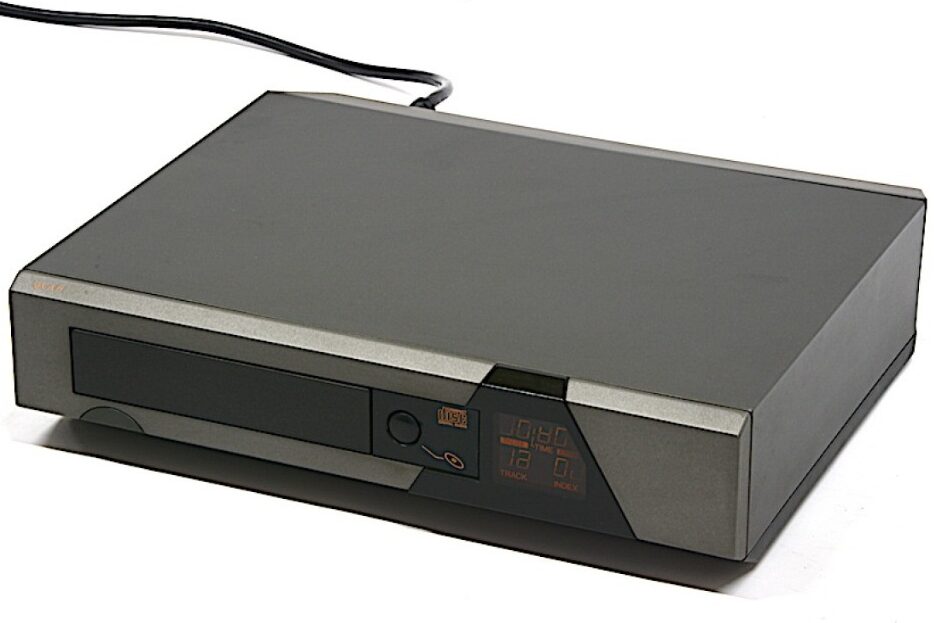
Quad CD66
As noted in a review on the Hi-Fi audio site Hi-Fi Classic, the Quad CD 66 was manufactured to pair with the Quad 66 preamplifier, and a remote control is required to work the CD player minus the preamp. Per Hi-Fi Classic, “the player’s entire display window is the size of the preamplifier’s volume/balance display, and it normally shows only the current track and index numbers and the elapsed time on the track. It also shows pause and error indications when appropriate as well as the letter p beside the track number in programmed operation. Right after a disc is loaded, the display shows its total playing time and total tracks.”
One crucial thing to know about CD players is that their innards were manufactured by only a few corporations who, in turn, sold the same devices to whoever was building players. Which is to say, sometimes the only difference between players made by competitors is the shell and digital display.
Quad’s innards were made Philips, who introduced compact discs to the market. Per Hi-Fi Classic: “The digital portion of the player uses quadruple oversampling at 176.4 kHz along with a digital filter and dual 16-bit digital-to-analog (D/A) converters. The rear apron contains a coaxial digital output, the two analog outputs, and input/output jacks for use with an RC-5 multiroom controller. There is no power-output socket, since in a full Quad system the CD player would be at the end of the power chain.”
These are pricier than others here: It’s not easy to find one for under $800 right now.
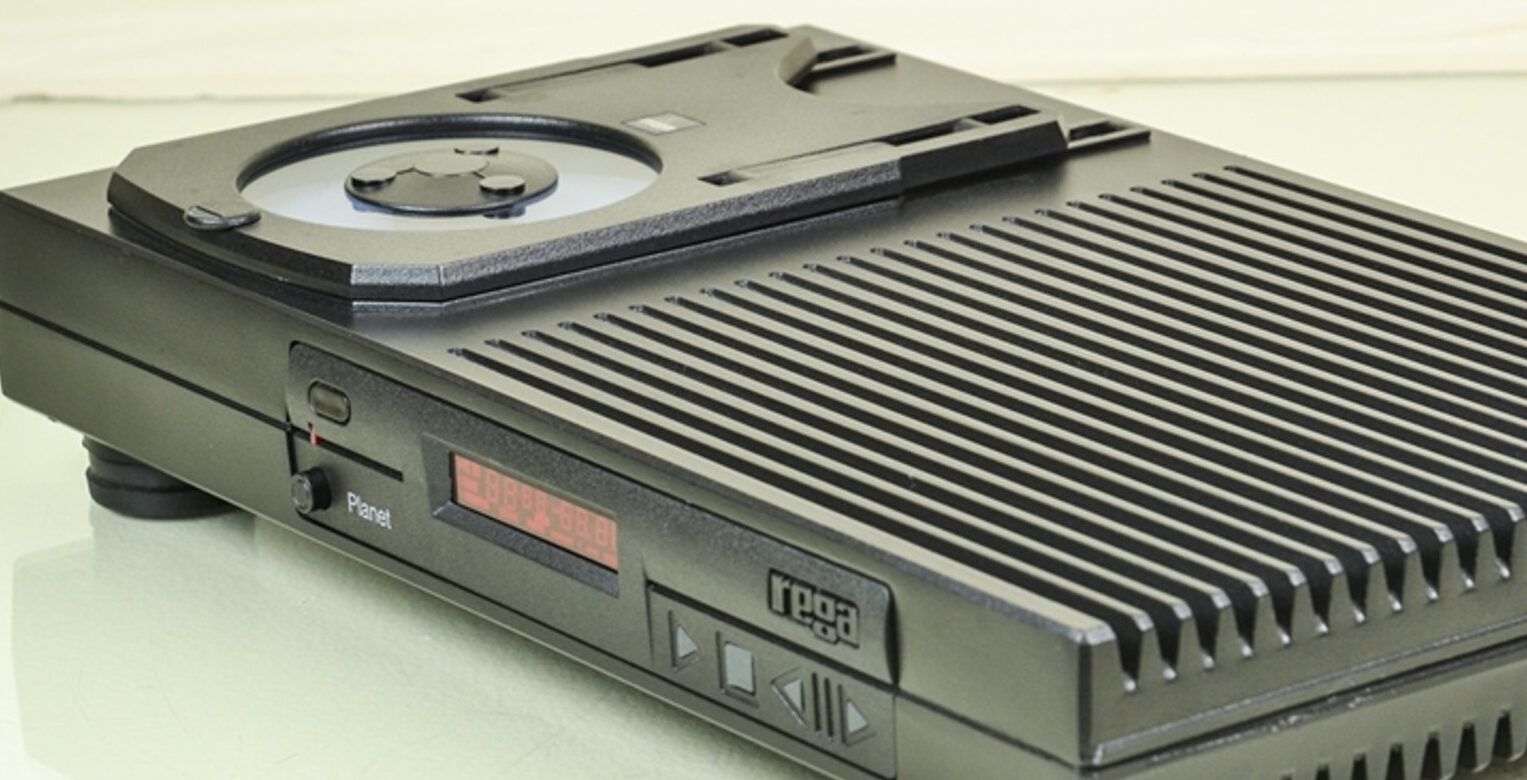
Rega Planet CD
Here’s what Stereophile had to say about the Rega Planet CD upon its release in 1997:
Rega is the last major UK specialty house to produce a CD player. They are the “last adopters.” You know Rega’s attitude toward digital when you read the poop sheet they send out to dealers and distributors: “The Planet is a small analogue oasis in a digital world and will appeal to people who love music but have to or want to listen to the CD medium.”
Rega has engineered this CD player to give a sound and an operational feel close to analog. Playing discs on the $795 Rega Planet is a lot like playing LPs: You can read the CD label as the disc sits inside the player, and you can see the disc spin as it plays.
The Planet is a top-loader, which presents a problem if you need to squeeze your CD player into a tight space. You can’t stack anything on top of the Rega Planet; you need at least 5″ of clearance between the top of the player and the bottom of the next shelf. Better yet, put the Rega Planet on a top shelf. (Avoid placing the player on a veneered table or shelf; the gummy foot-suspension material could stick to the surface and lift the finish. Cut out a piece of cardboard and wedge it under each foot. Or put the player on a sheet of plate glass.)
Grab one of these now for about $350. In five years they’ll cost twice that.
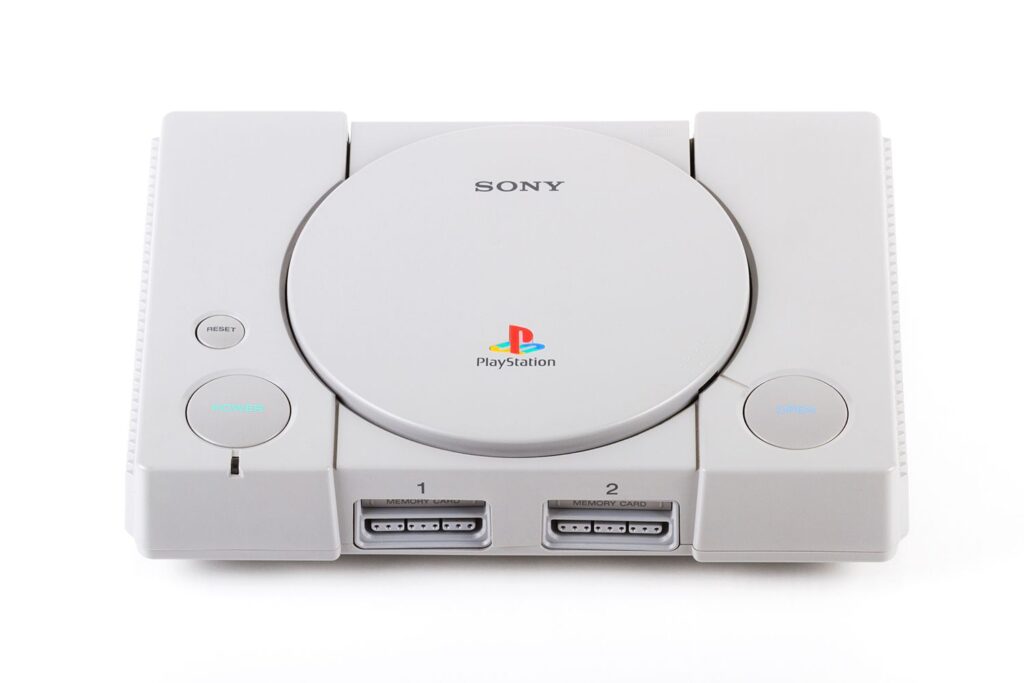
Sony Playstation One
This is not a joke. Check this Instagram.
Commenter in post: “What makes it great?” Budget Audiophiler: “The DAC used in this model and the cost.”
Easily found for under $200.
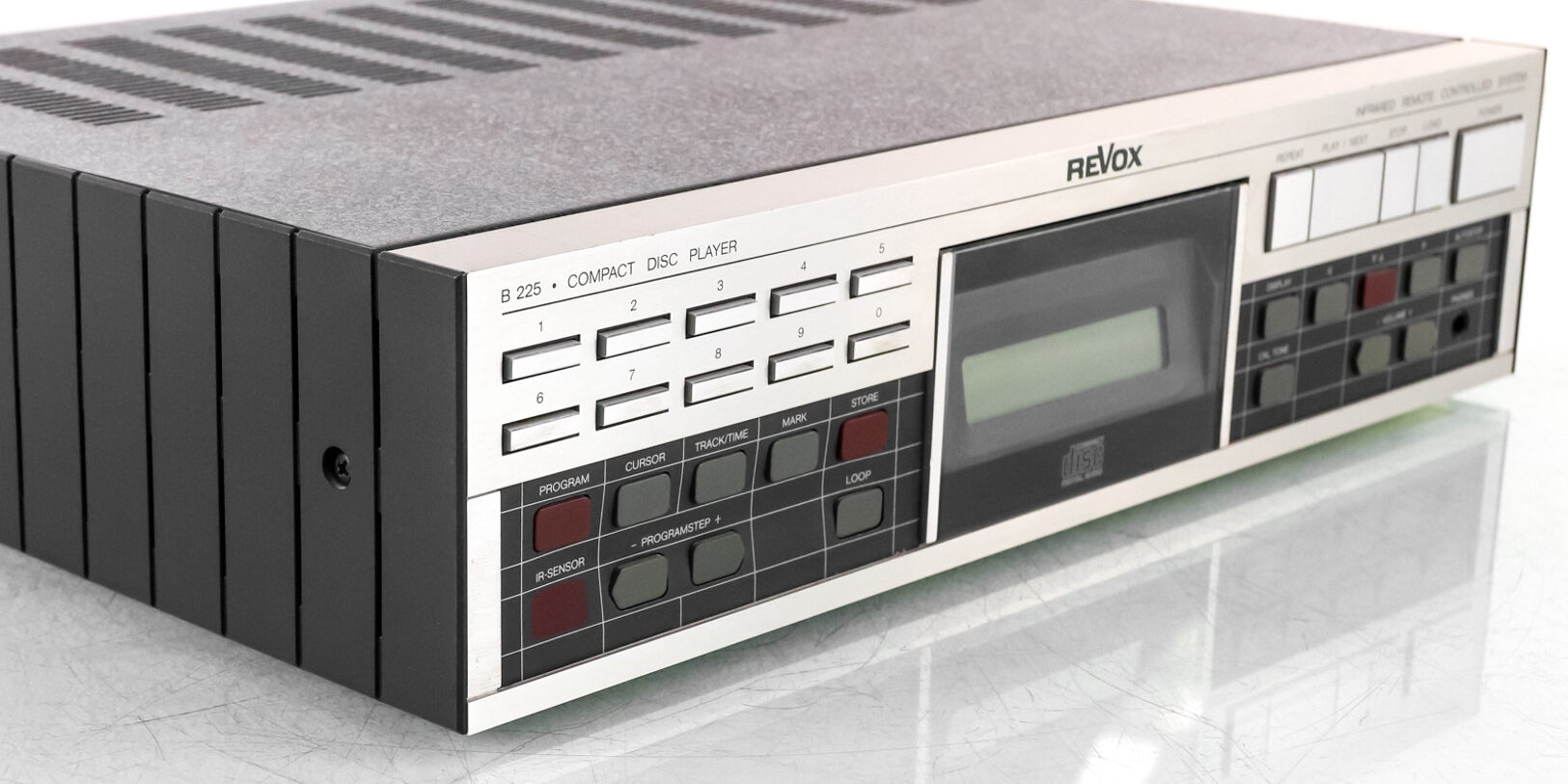
Revox B225
Here’s what the respected audio reviewer Leonard Feldman had to say about this 1984 production:
It comes as no surprise to me that this first Compact Disc player to be built by Studer-Revox is one of the most sophisticated, rugged, yet easy-to-use units of its kind that I have ever tested. After all, Studer and Revox tape equipment is used in broadcast and recording studios throughout the world, and Revox products (the brand name used on Studer’s consumer products) are regarded by many to have the same attributes as the company’s professional components. What did surprise me was the suggested retail price of the unit. I had fully expected the Revox CD player to be among the world’s most expensive as well as among the world’s best. While it certainly lived up to the latter expectation, its price was no higher than that on some of the first-generation CD players which offered only a fraction of this unit’s versatility.
These are skyrocketing in value. Currently going for about $700.





